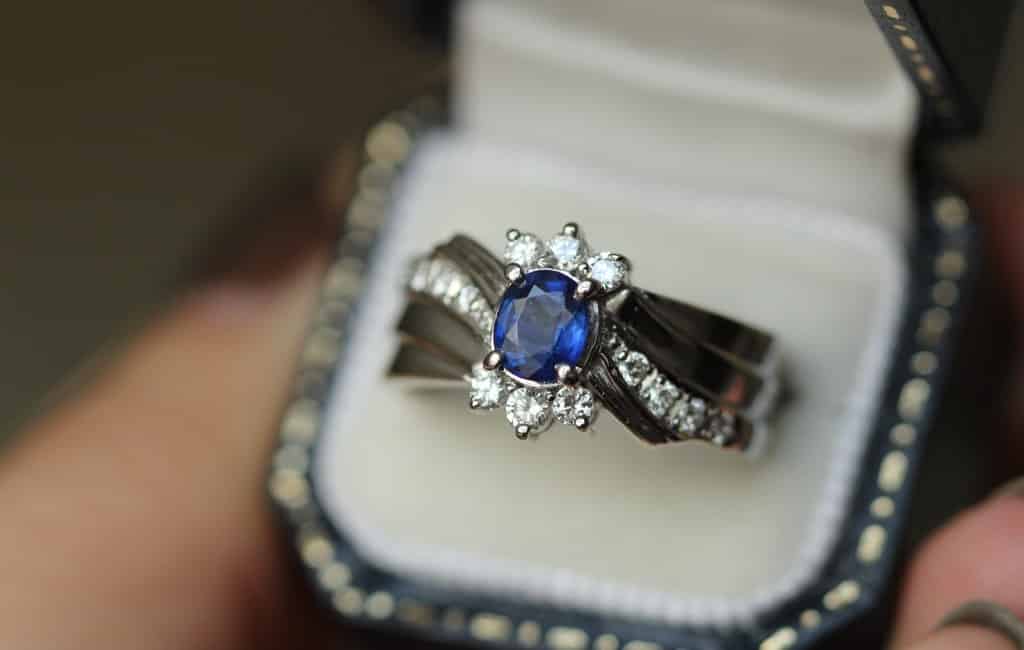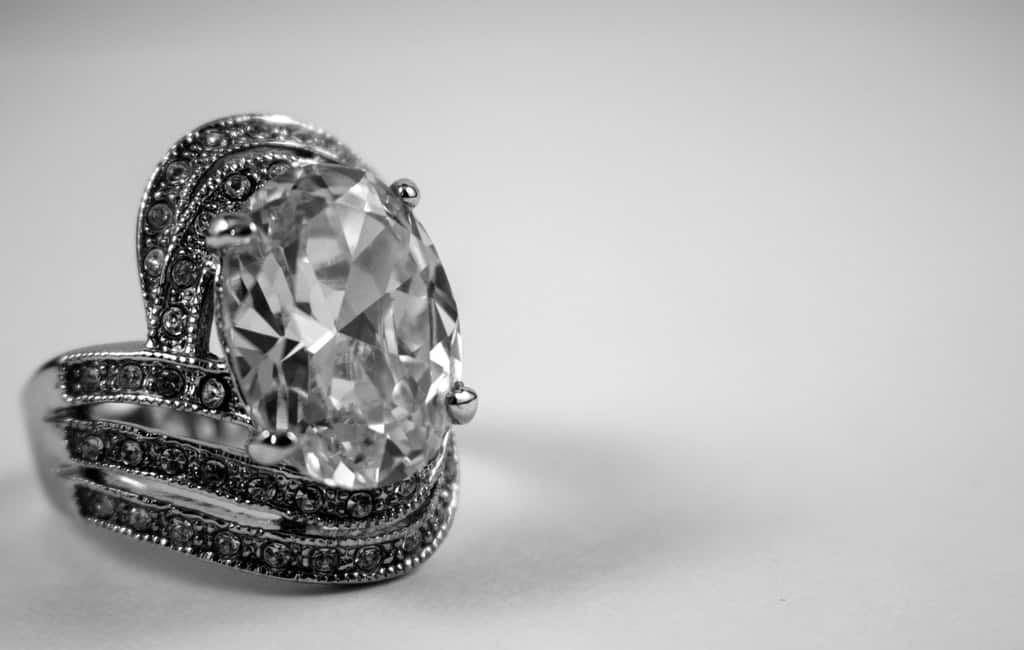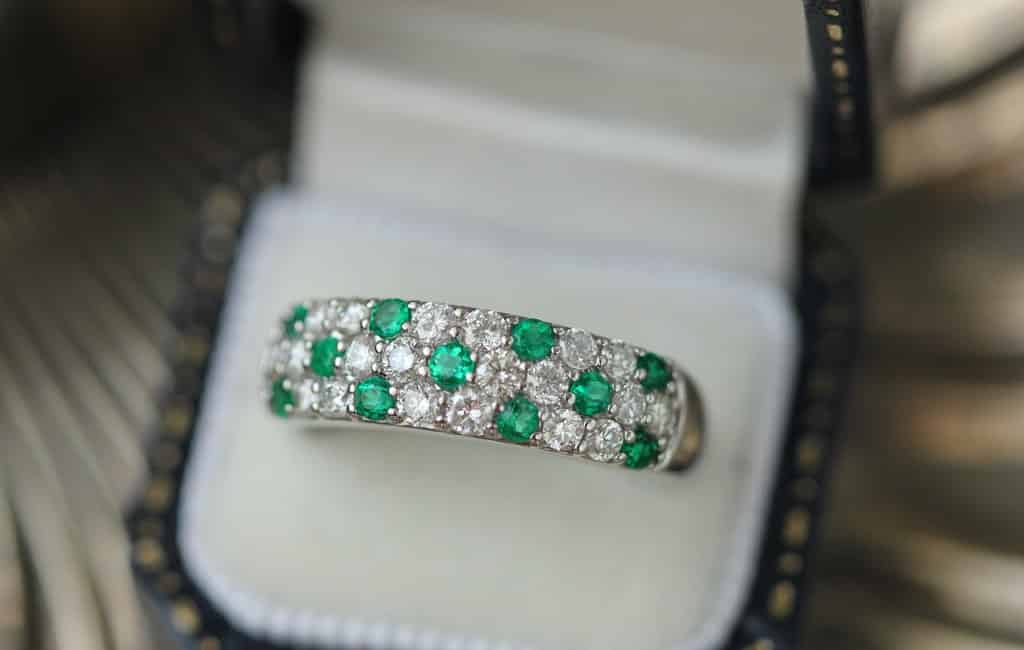Gemstones are precious mineral substances that are formed deep beneath the earth’s crust (although, some of them are made from organic materials formed by living organisms such as oysters, which produce pearls).
Generally, gemstones are known for their beauty, elegance and commercial value (many of them, particularly precious stones such as diamonds, rubies, sapphires and emeralds, are very expensive and fetch a reasonable some in the global gemstone markets). However, there are different types of them, which occur in different colors, shapes and forms; based on their chemical composition. Diamonds are the most popular and widely desirable gemstones of all.

WHAT ARE DIAMONDS?
Diamonds are precious gemstones which are usually formed when pure carbon is subjected to strong forces of heat and pressure, which usually take place deep beneath the soil, especially in regions which have once experienced volcanic action before. This is because the extreme kind of pressure and heat that is required to kick-start the process of diamond formation is usually only found in areas that have experienced volcanic eruptions before, when molten lava is formed (the strong heat and pressure of molten lava usually hastens the process of diamond formation from pure carbon, while the materials formed during the process – i.e. the process of volcanic eruption – usually make up good raw materials for the formation of diamonds; as they are mostly carbon compounds).
Diamonds can take a long period of time to form, depending on various factors such as the degree of heat and pressure available, and the quantity of pure carbon that exists in the area (the period of time required for diamond formation can range from several months to billions of years, depending on these factors). During the process of diamond formation, what happens is that the forces of extreme heat and pressure, which acts upon pure carbon deposits, usually transforms the pure carbon atoms into diamond material by rearranging the pure carbon atoms into a rigid crystal lattice structure that is tightly bound, and does not allow easy infiltration by other chemical elements and compounds. The rigid crystal lattice structure that forms at the end of the process of diamond formation is actually what is known as diamond and, because the carbon atoms that make it up are so tightly bound, diamond is one of the hardest materials known on earth.
WHAT ARE THE TYPES OF DIAMONDS?
There are different types of diamonds, which can be grouped into various categories, based on different properties, physical attributes and general criteria. Some of such categories or groupings include the following:
- Natural and lab-grown diamonds
Diamonds can be grouped into two distinct categories, based on how they have been formed. These two categories are known as natural diamonds and lab-grown diamonds.
Natural diamonds are the type of diamonds that are formed, found and mined naturally in nature; having been formed from pure carbon atoms in nature. These diamonds (i.e. natural diamonds) are usually formed when pure carbon atoms in nature are worked upon and rearranged into rigid crystal lattices – held together by strong covalent bonds – when subjected to forces of extreme heat and pressure. Natural diamonds can only be found in 35 countries across the world, and they exist in different forms, shapes and sizes, ranging from very small stones to large stones.
Lab-grown diamonds, on the other hand, are the types of diamonds which are formed artificially when pure carbon is transformed to diamond by means of man-made techniques in laboratories. It is important to know that lab-grown diamonds are made from the same materials as natural diamonds (i.e. pure carbon), and that they also go through similar formation processes (i.e. they are also formed after pure carbon atoms have been subjected to extreme pressure and heat); yet, both the amount of raw materials and the forces driving the diamond formation process can be adjusted, as everything takes place under controlled conditions inside a laboratory.

- Colored and colorless diamonds
Diamonds occur in different colors, both in nature and synthetically (i.e. in the case of lab-grown diamonds). These colors include; red, blue, yellow, green, purple, black and so on. Colored diamonds are usually formed when chemical elements or compounds (or other external forces) manage to infiltrate the rigid crystal lattice structures of diamonds. These chemical elements or compounds include boron (in the instance of blue diamonds), nitrogen (in the instance of yellow diamonds), a combination of hydrogen and boron (in the instance of purple diamonds), impure carbon (in the instance of black diamonds) and so on. In the case of green diamonds, exposure to radiation is usually held responsible for its color formation.
Conversely, colorless diamonds (or white diamonds) are the type of diamonds that are usually formed when the rigid crystal lattices of diamonds are not infiltrated by any other chemical element or compound that can cause the formation of color. This type of diamonds is the most common types of diamonds in the world.
WHAT IS A ROUND DIAMOND CALLED?
Diamonds exist in different forms and shapes, depending on various factors such as how they are found, how they have been mined and so on. However, the most important determining factor, when it comes to the shape of any particular diamond is how it has been cut and polished.
Most diamonds in the world, which are available commercially, have undergone the processes of cutting and polishing before. Diamonds, and other forms of gemstones, are usually cut and polished to increase their brilliance and shine (as well as the intensity of other physical factors that make them desirable). This is why pieces of the gemstone that have been cut and polished tend to be more expensive than pieces of the same weight and carat which have not undergone the process.
Diamonds which have been cut into a round shape (i.e. round –shaped diamonds) are simply referred to as round diamonds. They are the most common types of diamonds in the world, as this shape of cut is extremely common, and they traditionally consist of 58 facets. They also happen to be a traditional and cultural symbol of commitment.

